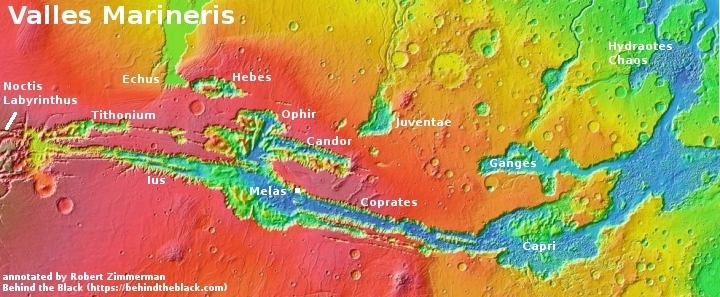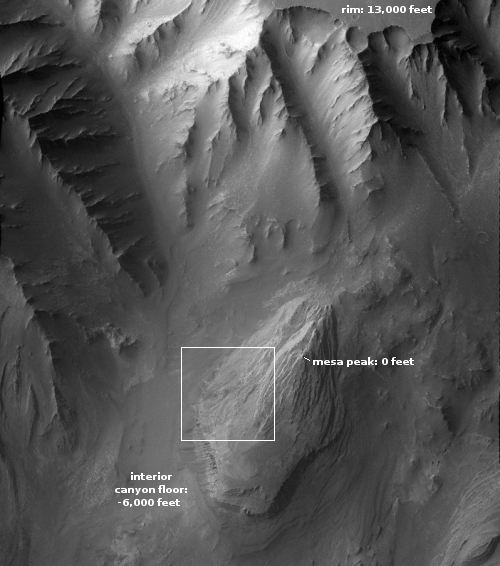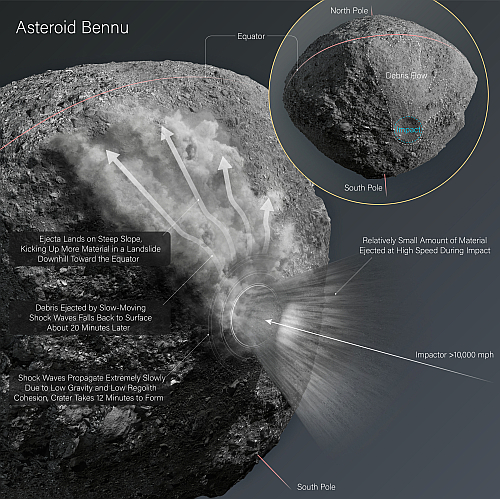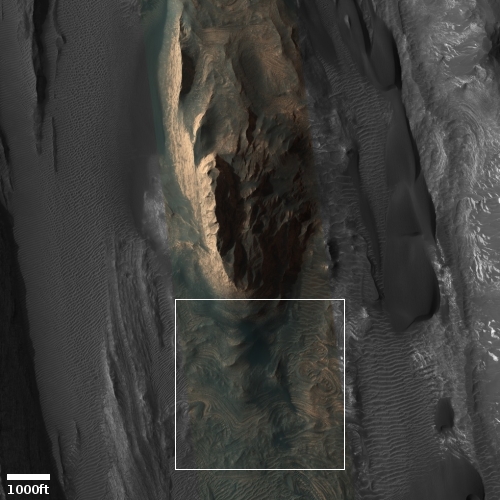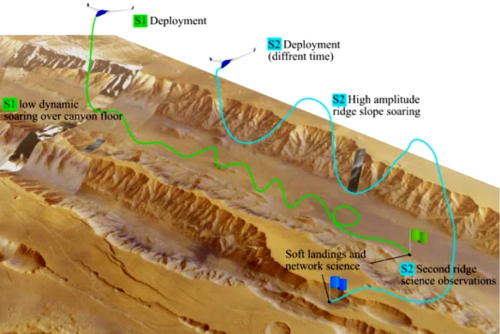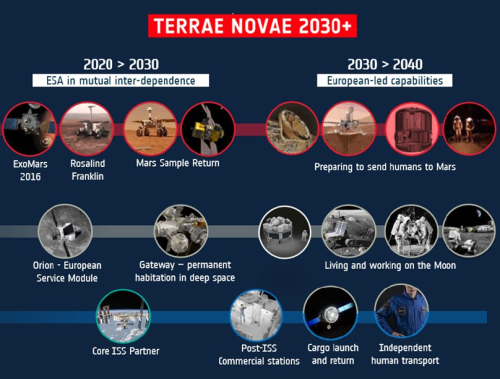X-37B sets new in-orbit record
The Space Force’s X-37B reusable mini-shuttle that is presently in orbit has now set a new mission record, spending more than 781 days in orbit.
As of today (July 7), the X-37B has been in Earth orbit for 781 days, breaking its previous record of 780. The reusable vehicle designed and built by Boeing is currently flying on its sixth mission, known as Orbital Test Vehicle-6 or OTV-6, which launched on May 17, 2020.
During this long flight one of the spacecraft’s few unclassified experiments successfully tested the conversion of solar power into beamed microwave energy.
The second X-37B in the fleet remains on the ground, having completed its 780 day mission in October 2019. We also do not know when the military will order the return of the X-37B in orbit. Only then will the mission really be a success.
The Space Force’s X-37B reusable mini-shuttle that is presently in orbit has now set a new mission record, spending more than 781 days in orbit.
As of today (July 7), the X-37B has been in Earth orbit for 781 days, breaking its previous record of 780. The reusable vehicle designed and built by Boeing is currently flying on its sixth mission, known as Orbital Test Vehicle-6 or OTV-6, which launched on May 17, 2020.
During this long flight one of the spacecraft’s few unclassified experiments successfully tested the conversion of solar power into beamed microwave energy.
The second X-37B in the fleet remains on the ground, having completed its 780 day mission in October 2019. We also do not know when the military will order the return of the X-37B in orbit. Only then will the mission really be a success.


